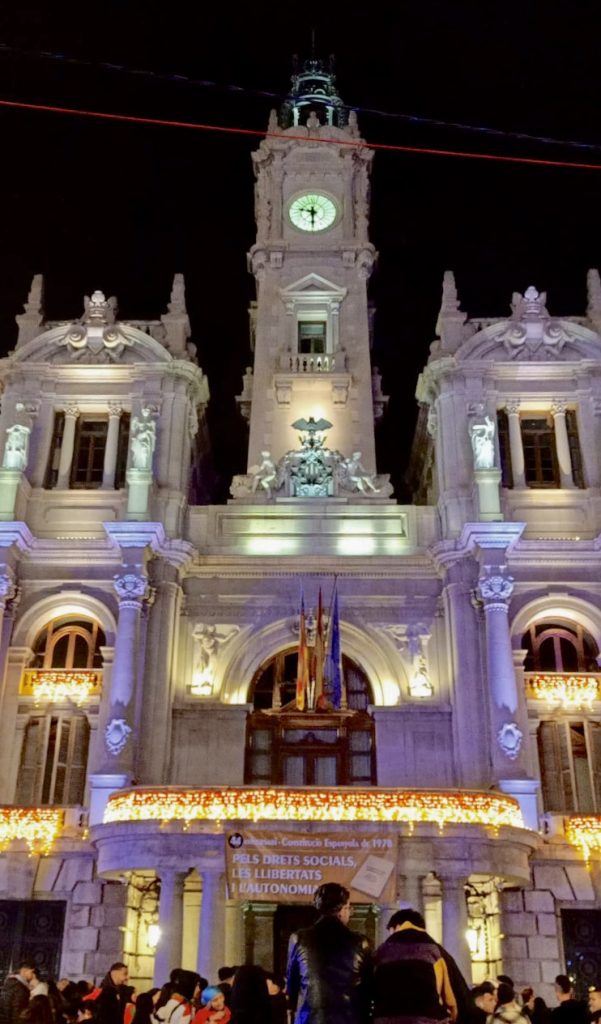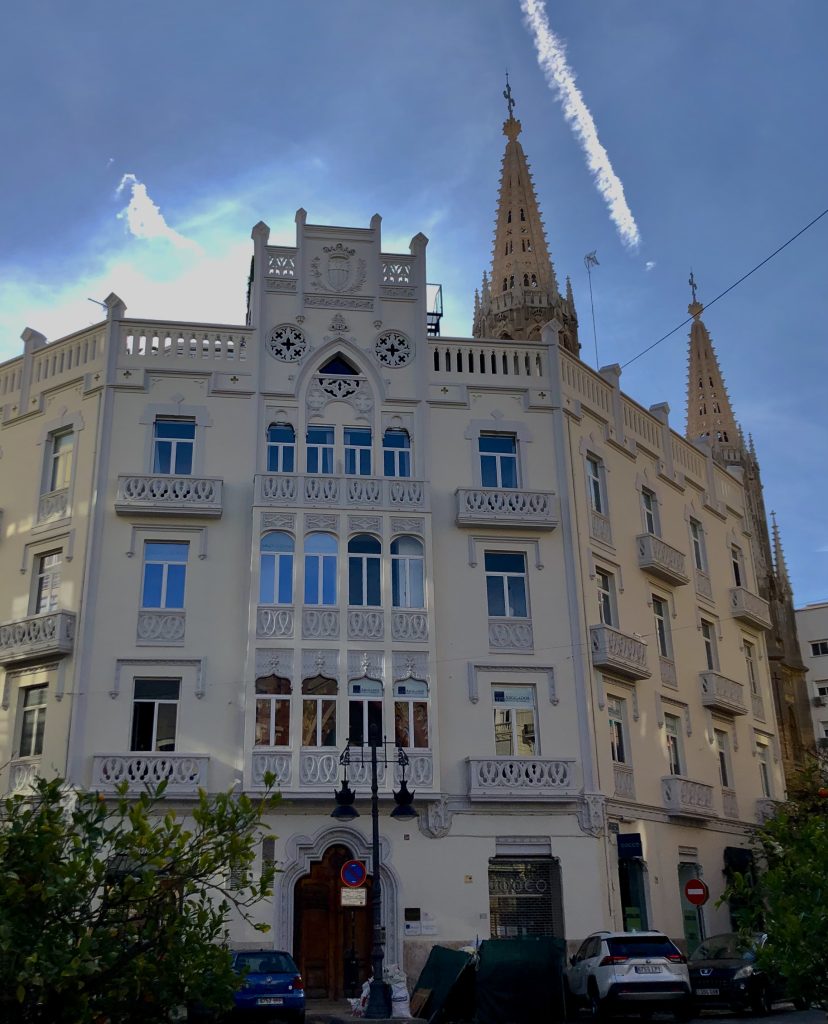Prehistoric Times 11,600 BCE to 3,500 BCE
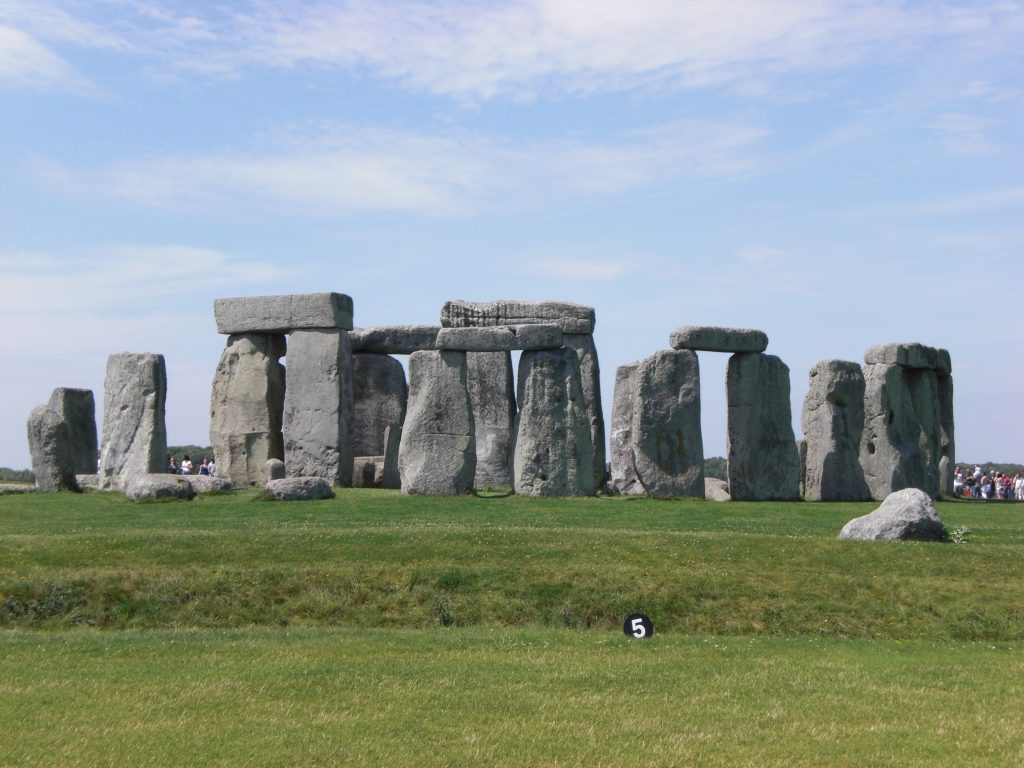
Many examples of well-preserved prehistoric architecture are found in southern England. Very long ago, humans built earthen mounds, stone circles, and structures that often confound today’s archaeologists. Prehistoric architecture includes monumental structures like Stonehenge, cliff dwellings in the Americas, and mud structures lost to time.
Ancient Egypt 3,050 BCE to 900 BCE


In ancient Egypt, massive pyramids, temples, and shrines were built. Ancient Egyptians were able to construct massive structures thanks to the engineering marvel of the pyramid shape. Engineering feats that could reach great heights were far from giant structures like the Giza Pyramids.
Classical – 850 BCE to CE 476
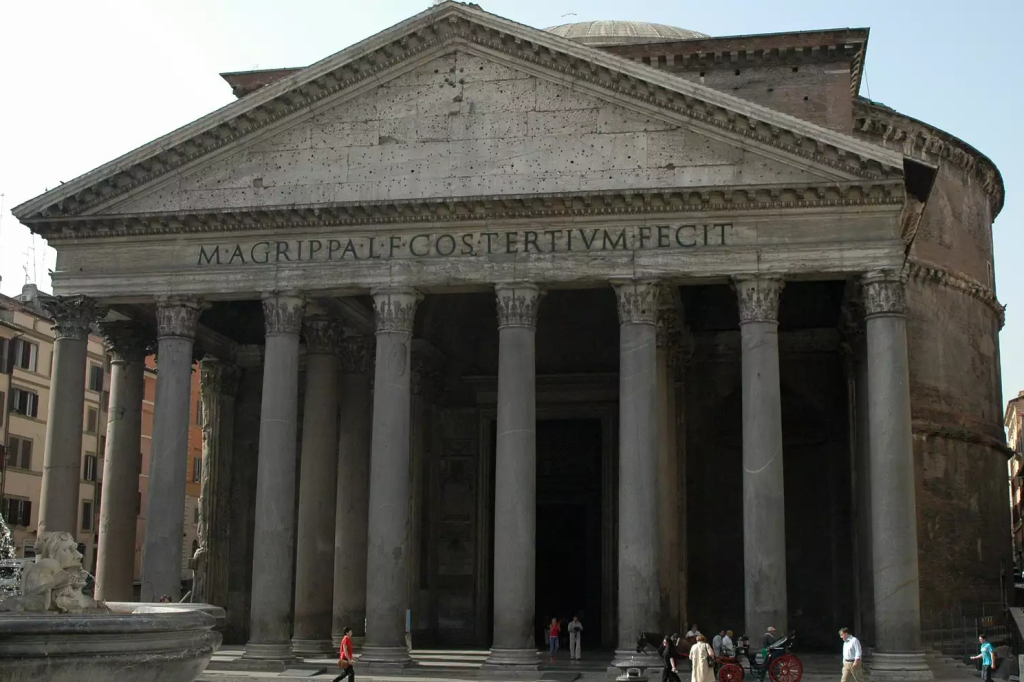
Classical architecture refers to the style and design of buildings in ancient Greece and Rome. From the rise of ancient Greece until the fall of the Roman empire, great buildings were constructed according to precise rules. The Roman architect Marcus Vitruvius believed that builders should use mathematical principles when constructing temples.
Byzantine – 527 to 565

Byzantine architecture is a style of building that grew under the rule of Roman Emperor Justinian. Its defining characteristic is interior mosaics and a heightened dome.
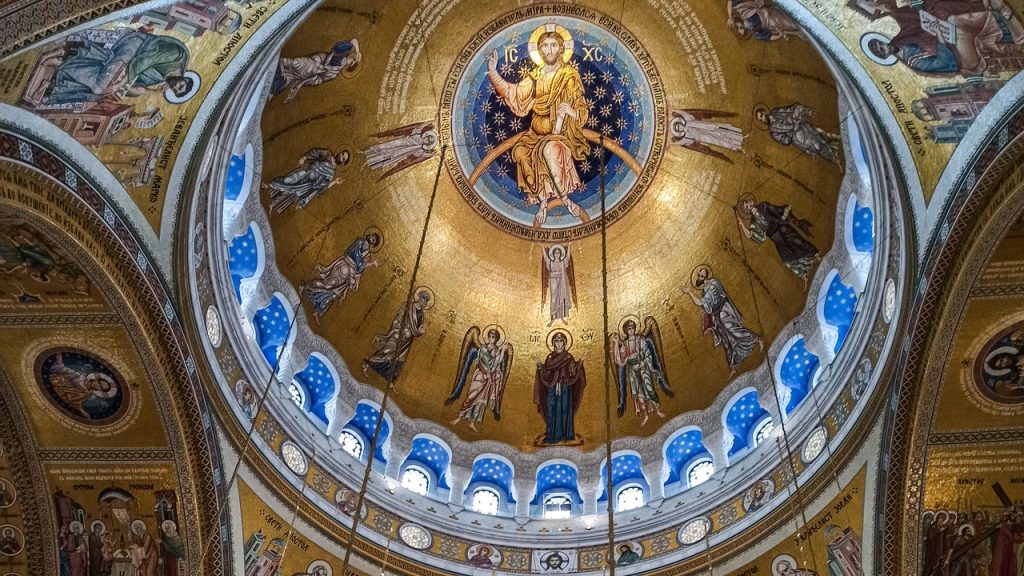
The characteristics of Byzantine were soaring spaces and luxurious decorations like marble columns, mosaics, and sometimes gold coffered ceilings.
Romanesque – 800 to 1200
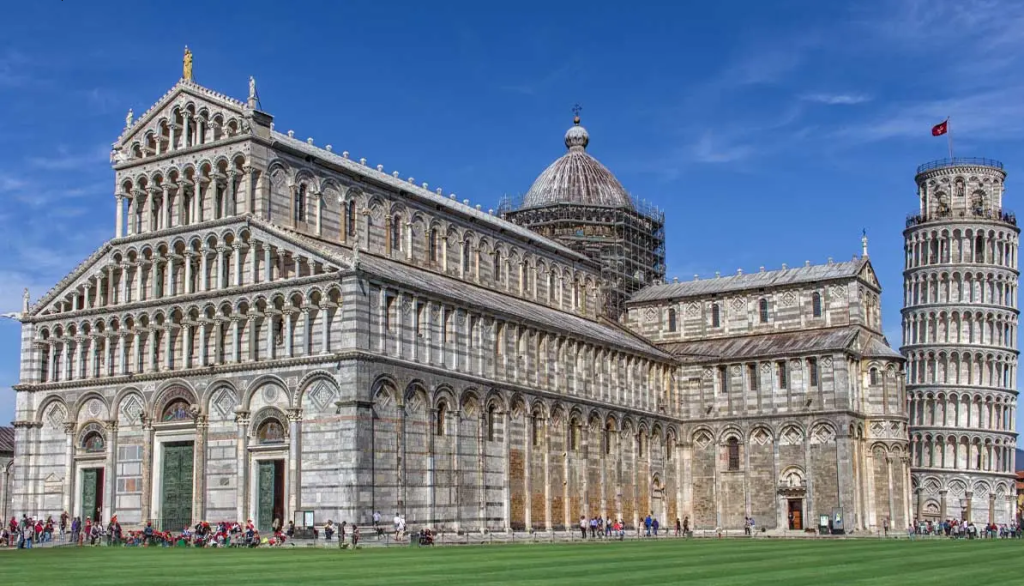
Romanesque architecture is based on roman architecture and that is the reason it was given the name Romanesque architecture. It is determined by its massively thick walls, round arches, solid piers, groin vaults, big towers, and decorative arcades.
Gothic – 1100 to 1450
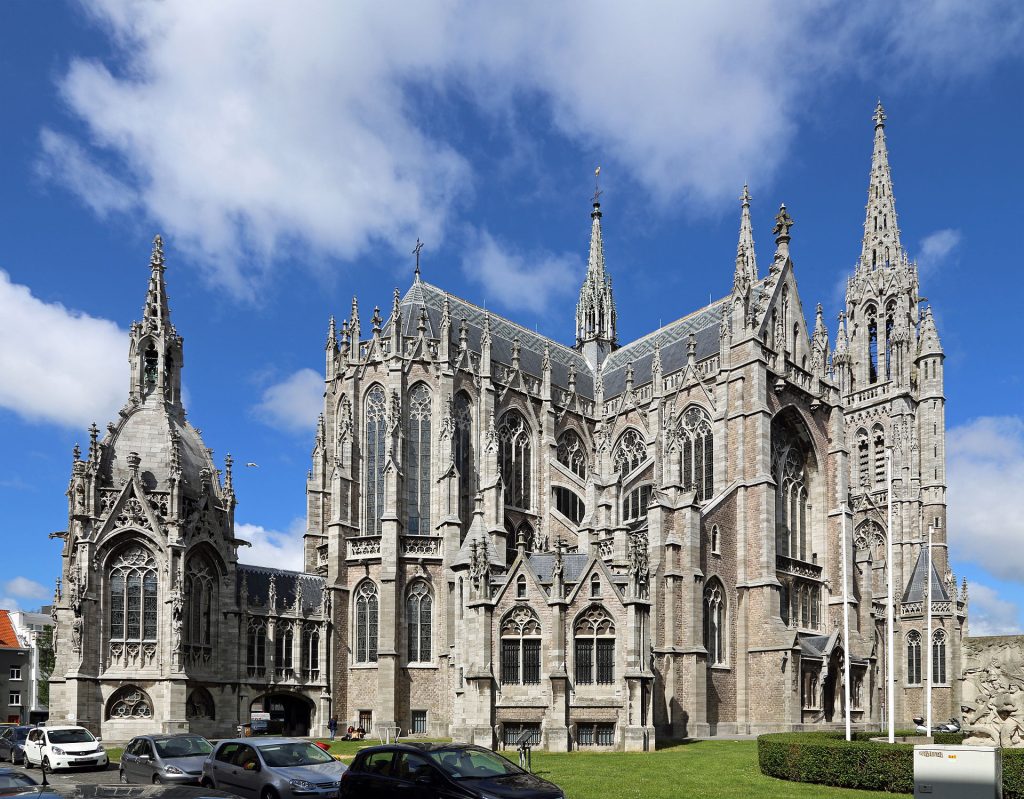
The Germanic Goths, who rebelled against Roman rule, are the inspiration for the name Gothic, and Gothic architecture’s main characteristic is the pointed arch and asymmetry.
Renaissance -1400 to 1600
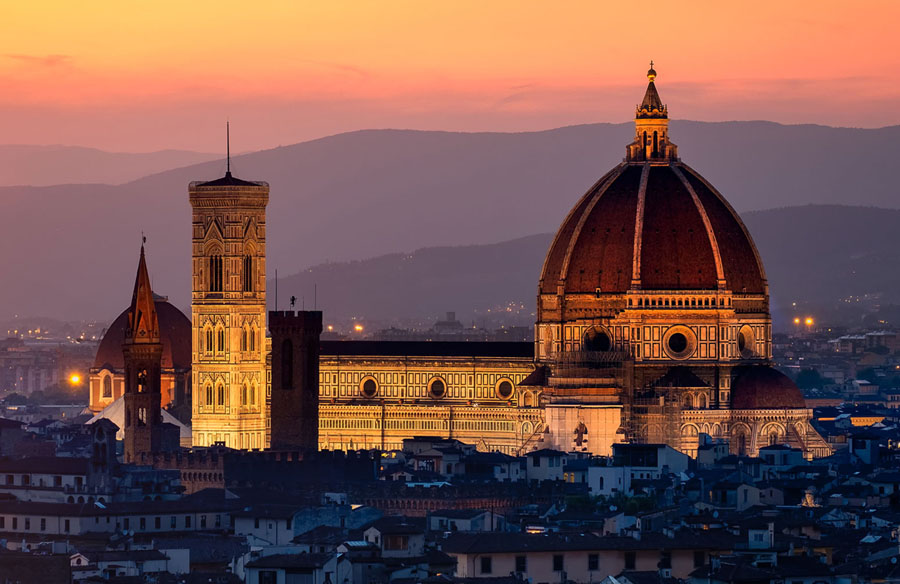
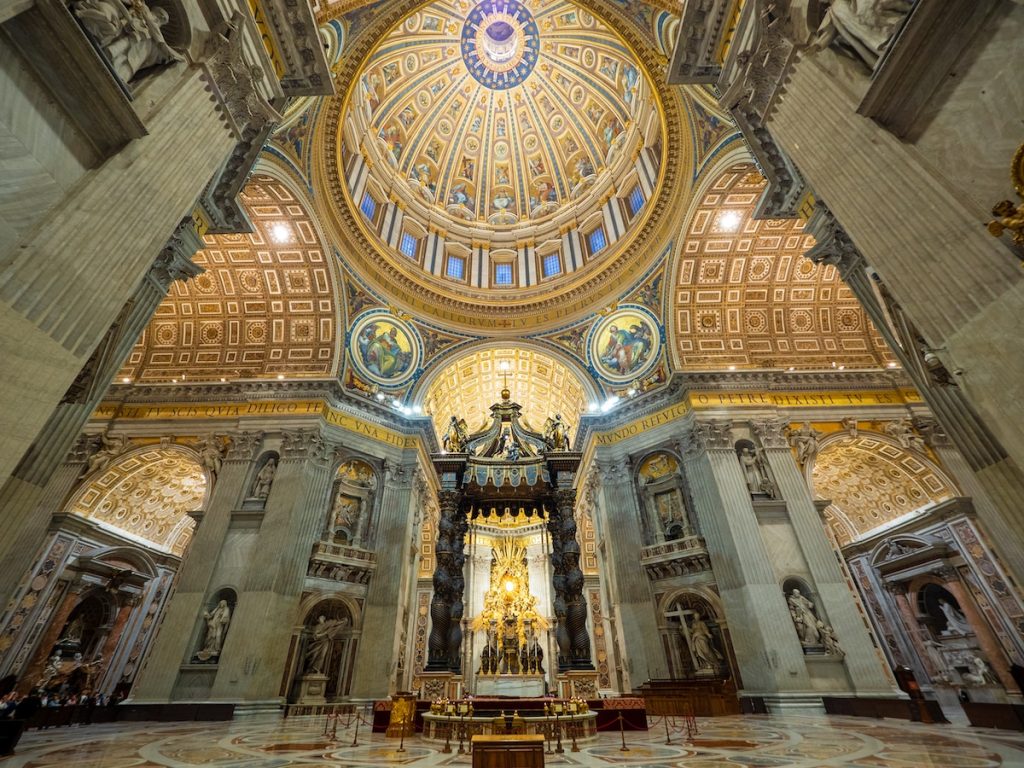
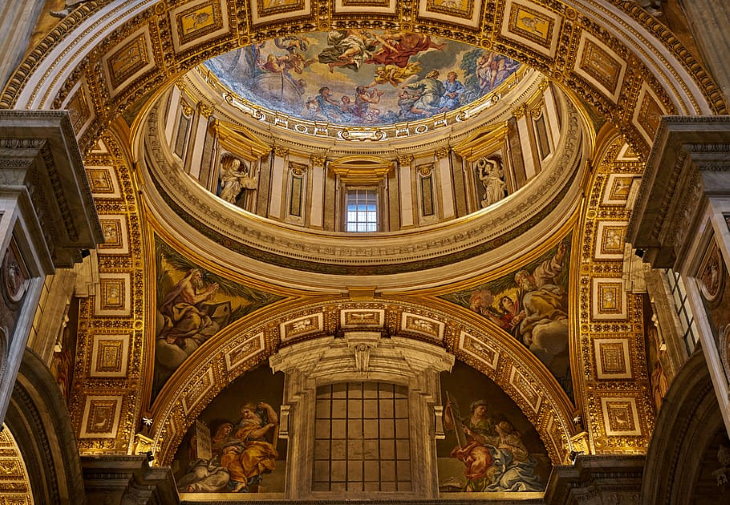
Renaissance architecture is known In various parts of Europe from the early 15th and 16th centuries. The Renaissance style was first introduced in Florence and quickly spread to other Italian cities before being introduced to different parts of Europe. Symmetry, geometry, and proportion are the main elements of Renaissance design.
Baroque – 1600 to 1830
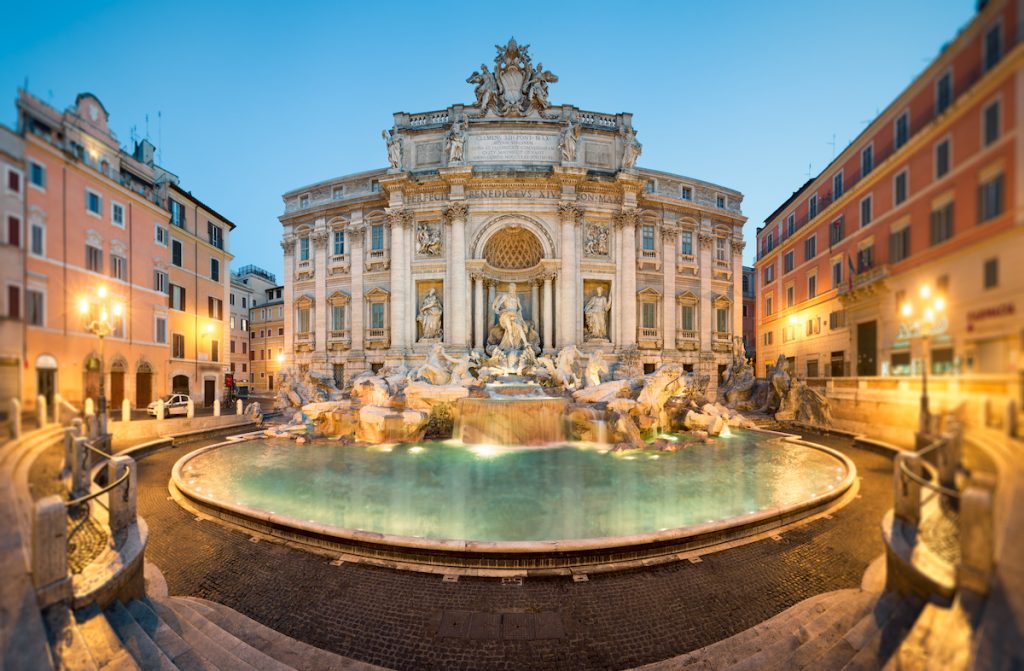
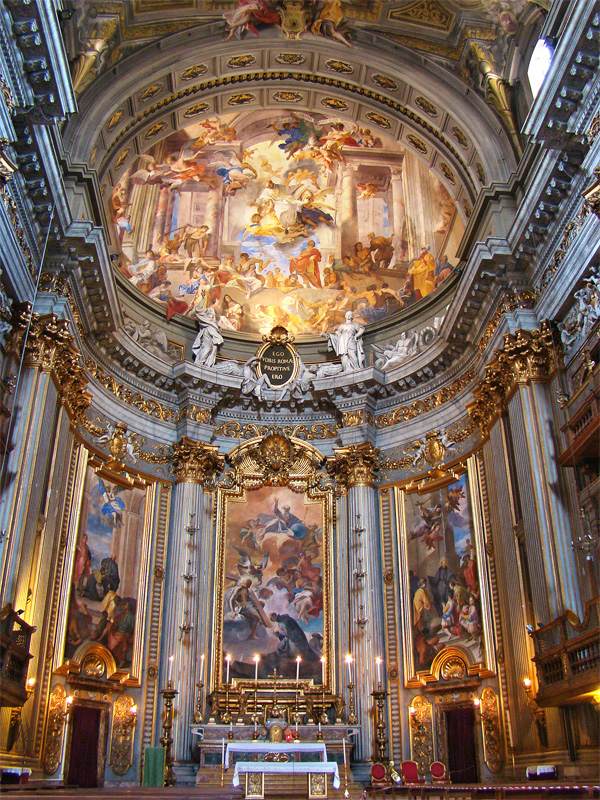

Baroque architecture appeared in Italy at the beginning of the 17th century, it is known for being a very decorative style of architecture.
Baroque architecture is characterized by its vaulted cupolas supported by rows of pillars, walls, and doorways made of unpolished stones and plaster, its interior design is one of my favorites! it is marked by luxurious furniture and materials, I really hope to visit one of them someday on my next trip to Italy.
Rococo – 1650 to 1790
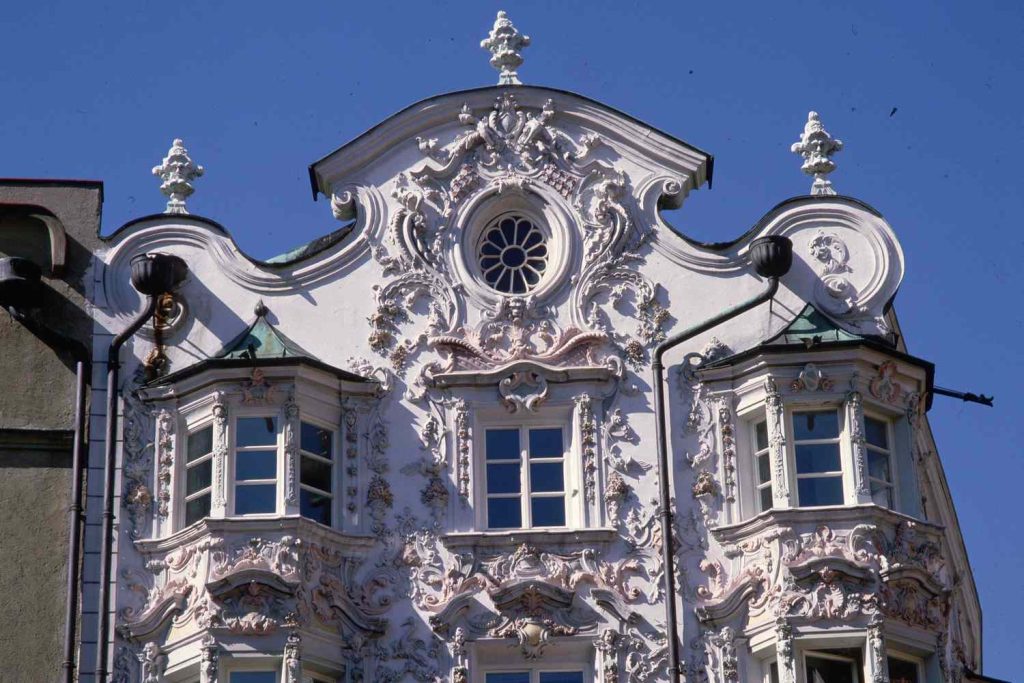
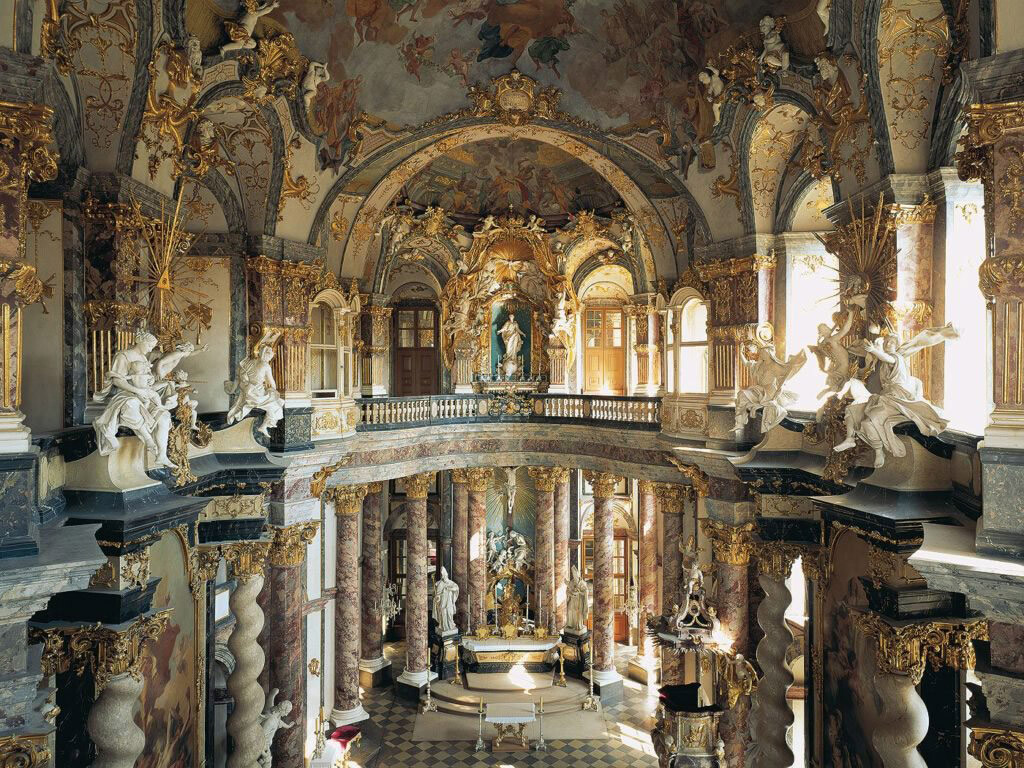

Rococo architecture is similar to Baroque architecture they call it Late Baroque, it appeared in the 18th century in Paris and was known for being a more expansive aesthetic movement that includes both art and decoration. It is a kind of theatrical architecture. One of the hallmarks of baroque architecture is its richness, grandness, dynamism, and tension…
Neoclassicical Architecture – 1730 to 1925

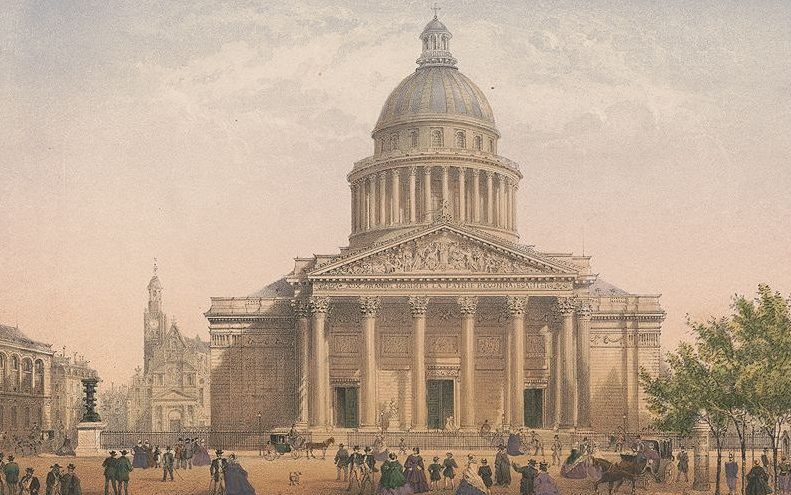
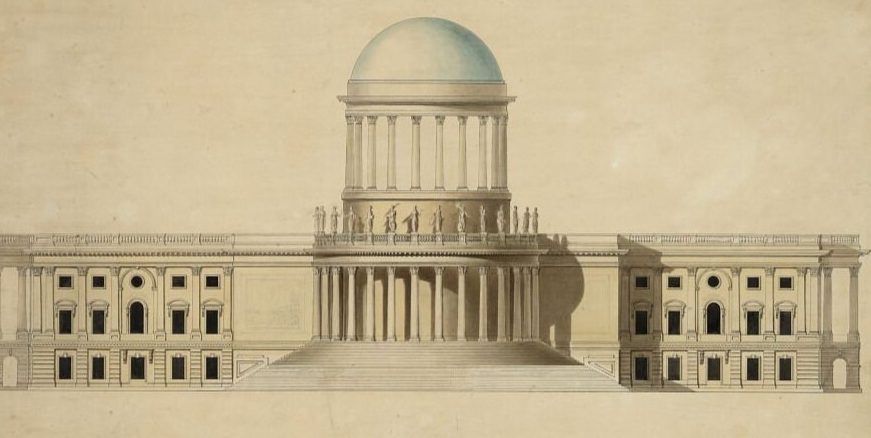
Neoclassical architecture Emanated from Palladian architecture, and it was spread across the United States and Europe. It is known for having very simple geometrical forms and designs compared to the buildings of that time, with high columns, and grandiose scale.
Art Nouveau -1890 to 1914
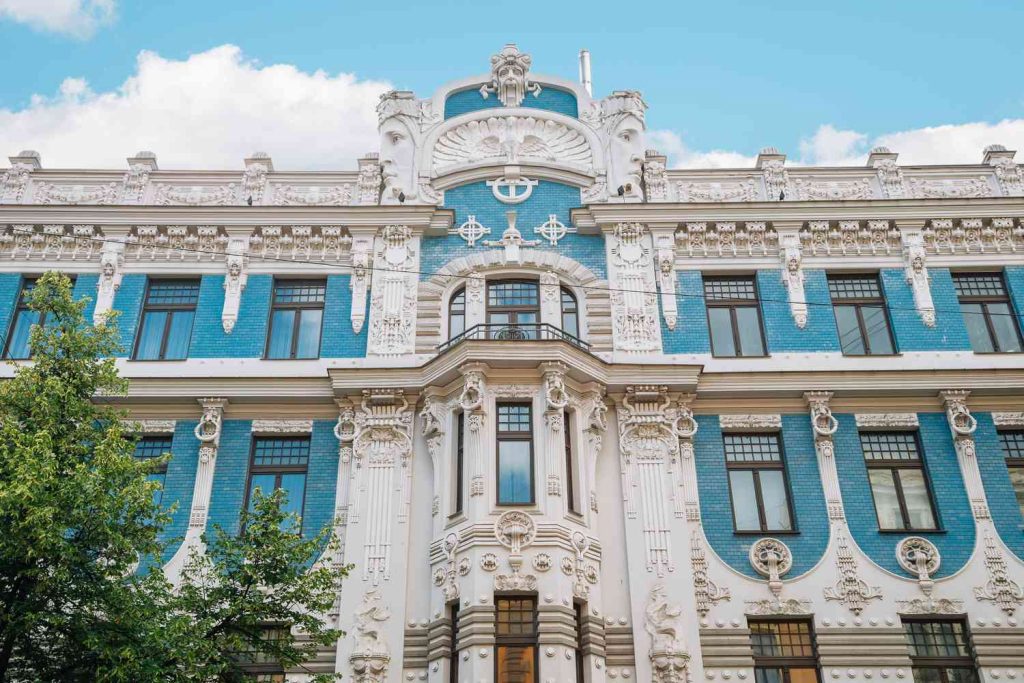
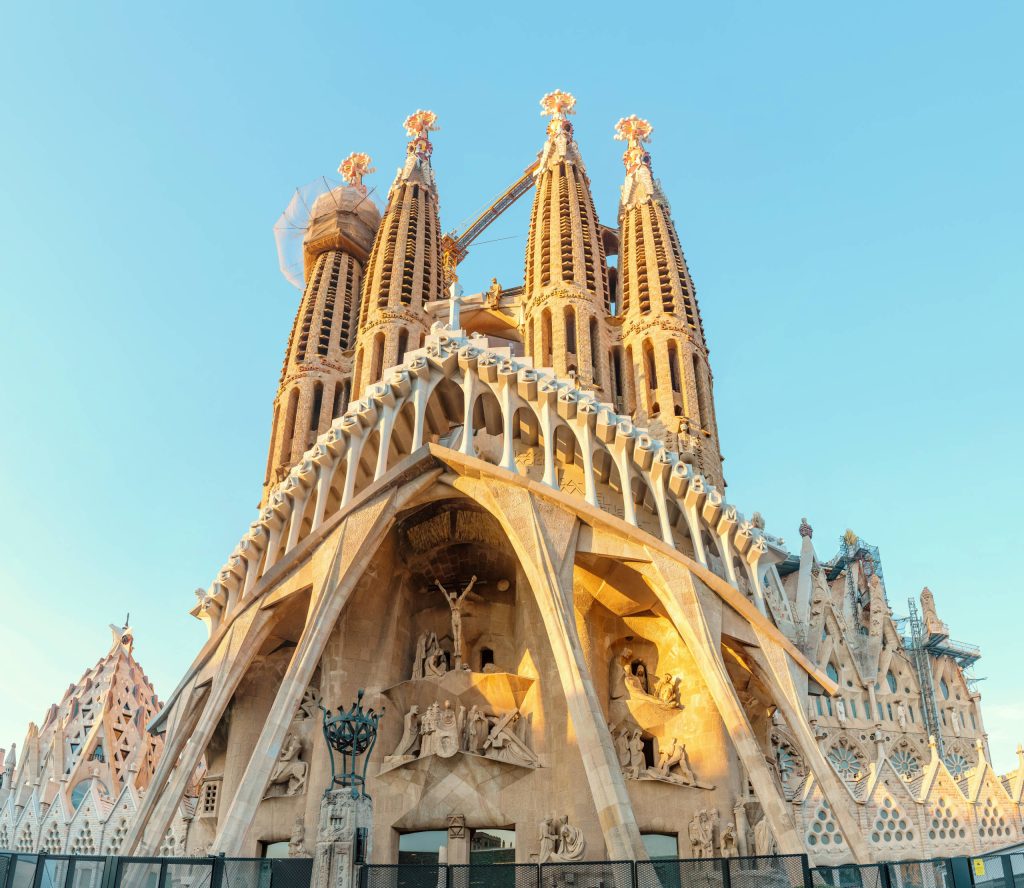
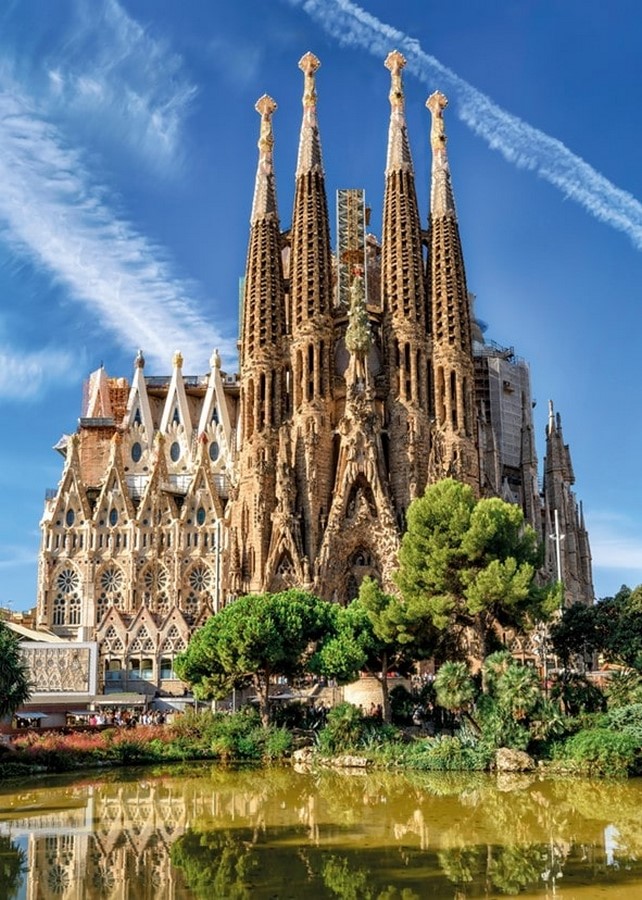
Sculptural, arches, curving lines, and luscious decoration are the most defining characteristics of the Art Nouveau architectural style. The architect Charles Rennie Mackintosh is the most known for this style of architecture. This style of architecture has one of the most beautiful and stunning-looking buildings in the world, and one of my favorites is Casa Batlló which is located in Barcelona.
Beaux Arts – 1895 to 1925
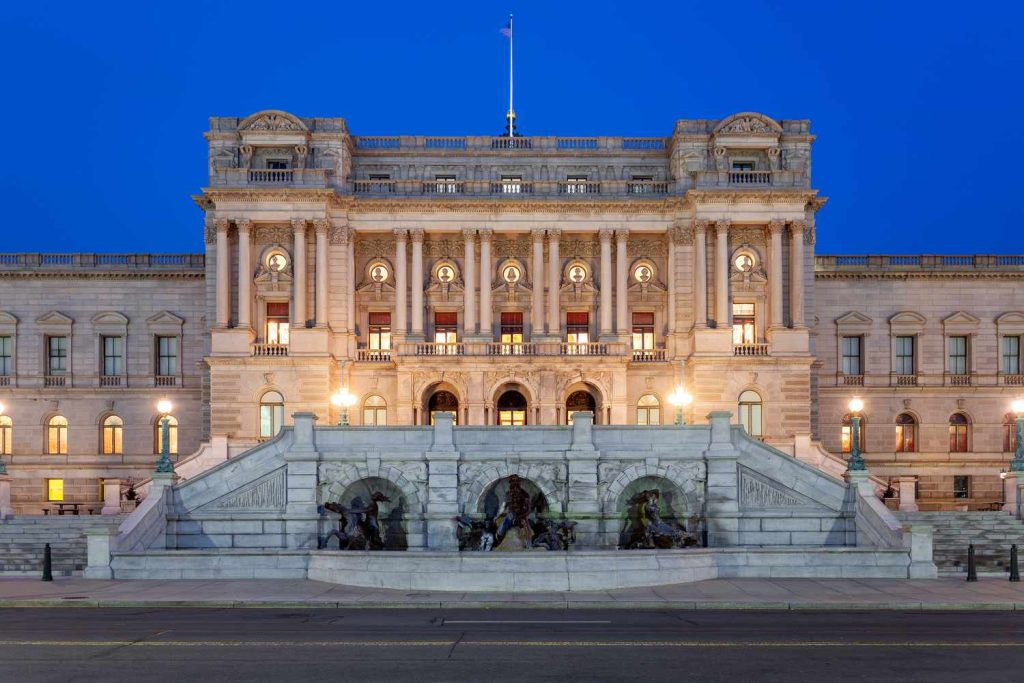
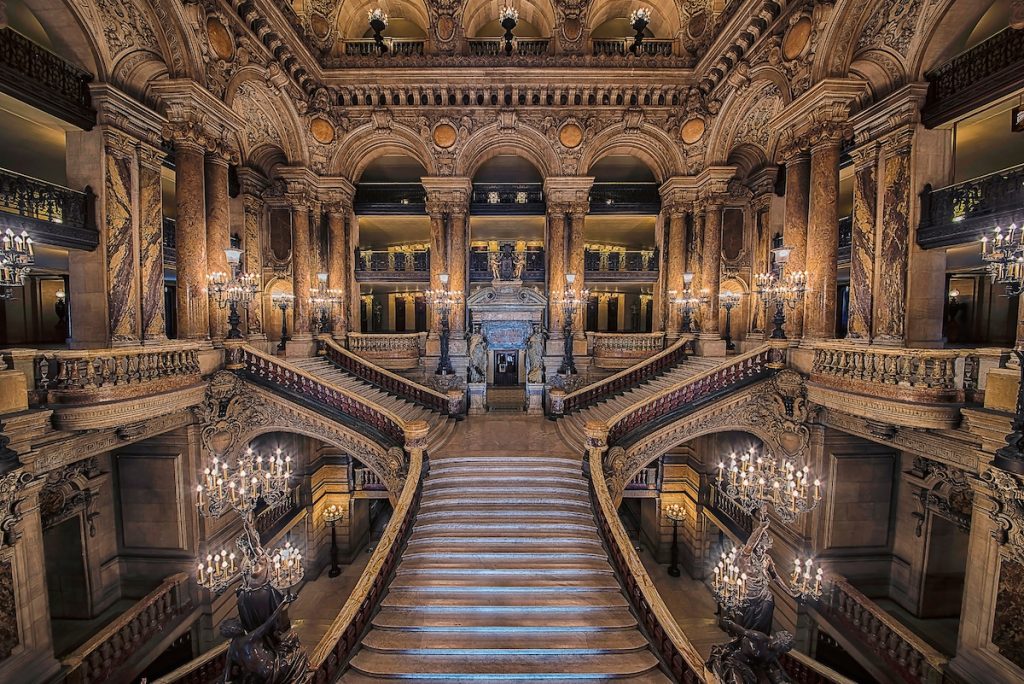
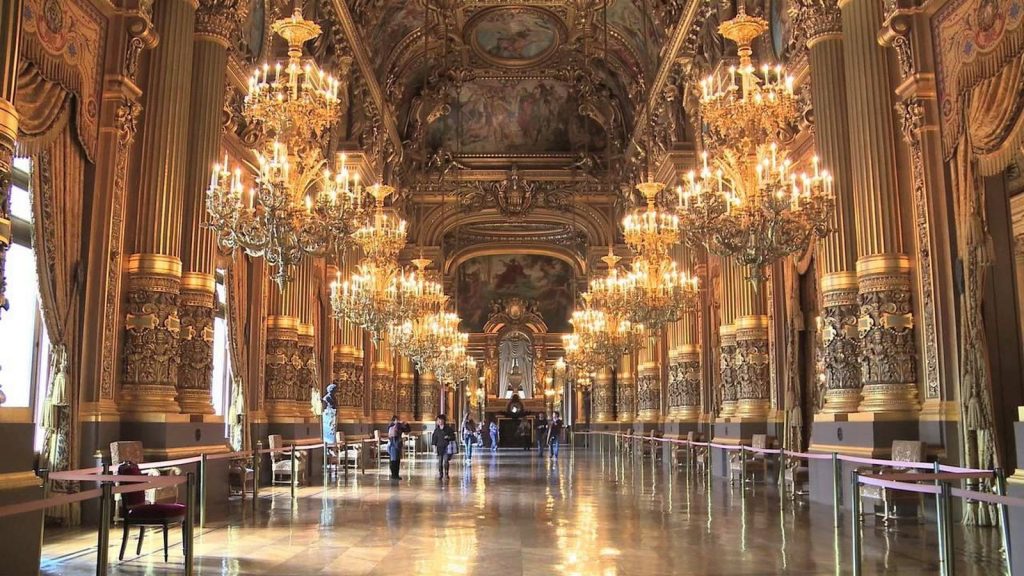
This style of architecture was heavily Influenced by classical Roman and Greek structures, It then became a dominant style of architecture in the United States between the 19th and 20th centuries.
The Beaux Arts architecture uses formal symmetry, and classical Greek and Roman decorative elements like columns, pediments, and balustrades to create a grand and imposing architectural statement.
Modernist Styles – 1900 to Present
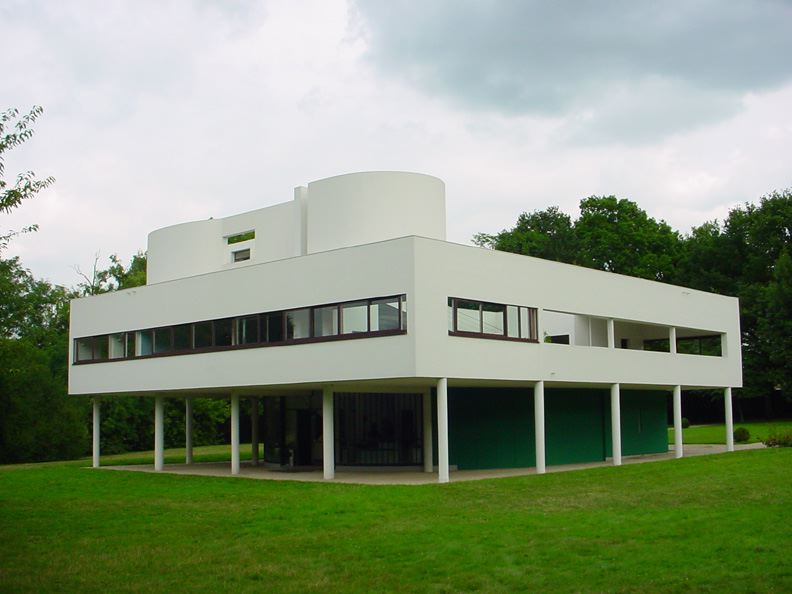
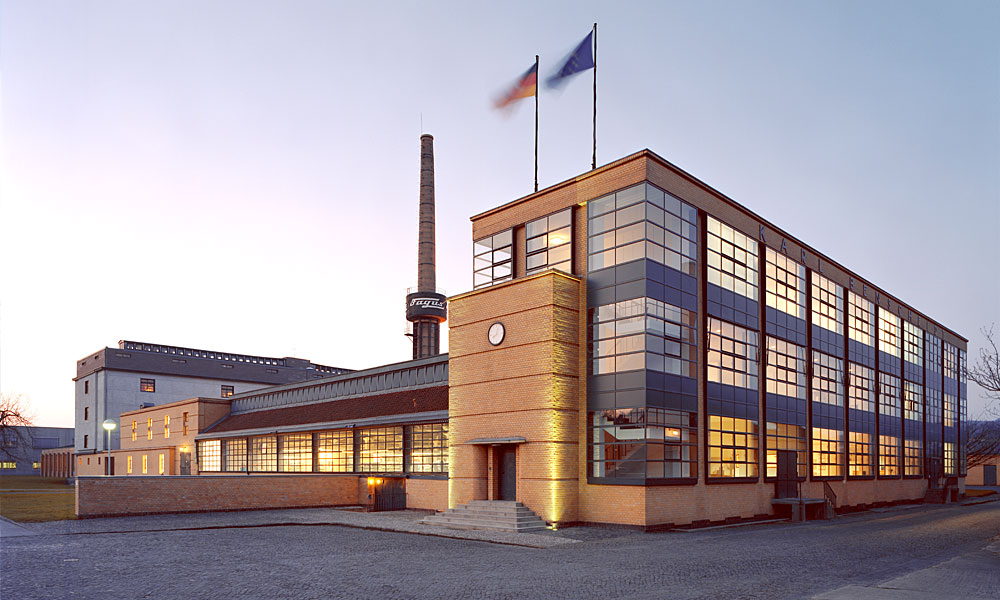
This style of architecture emphasizes mainly two things: asymmetrical compositions and minimal decor, and it particularly uses glass, steel, and reinforced concrete as the main elements in its composition.
Postmodernism – 1972 to Present
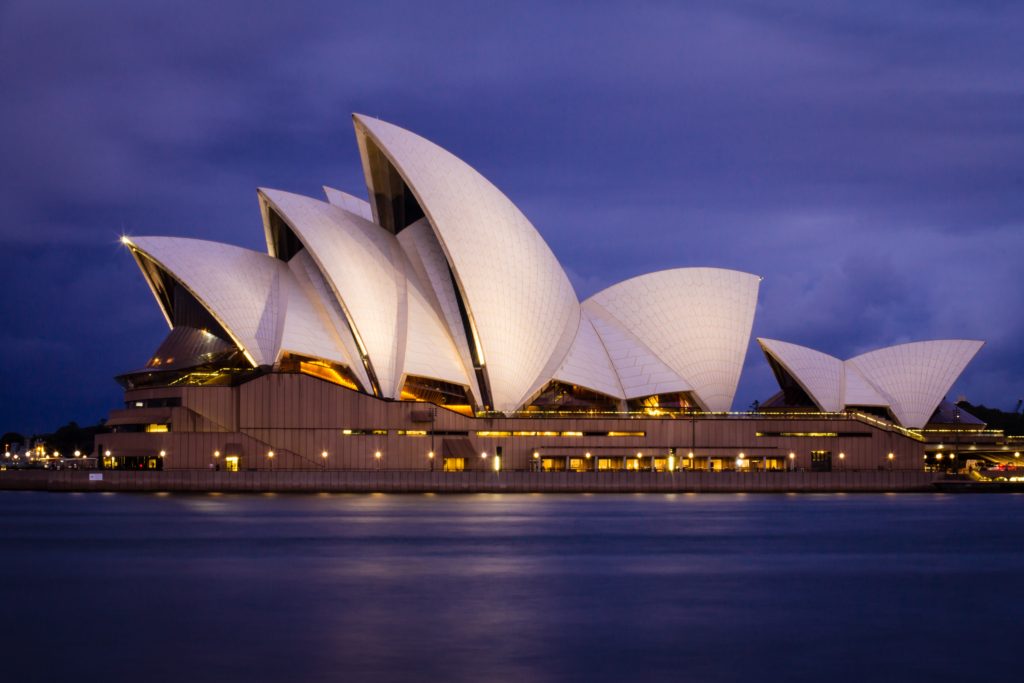
Postmodernism occurred as a reaction to the modern movement. It is a diverse and colorful style of architecture. Postmodern architecture is characterized by its asymmetry, curved forms, decorative elements, and bright color palette…
Neo-Modernism – 1997 to Present
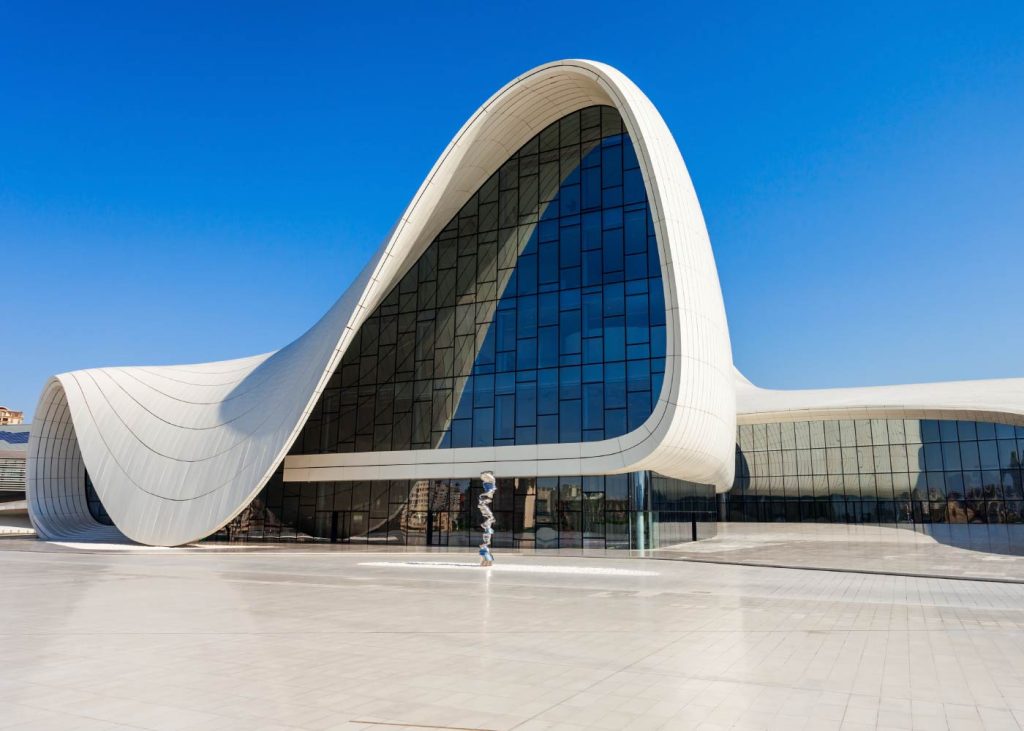
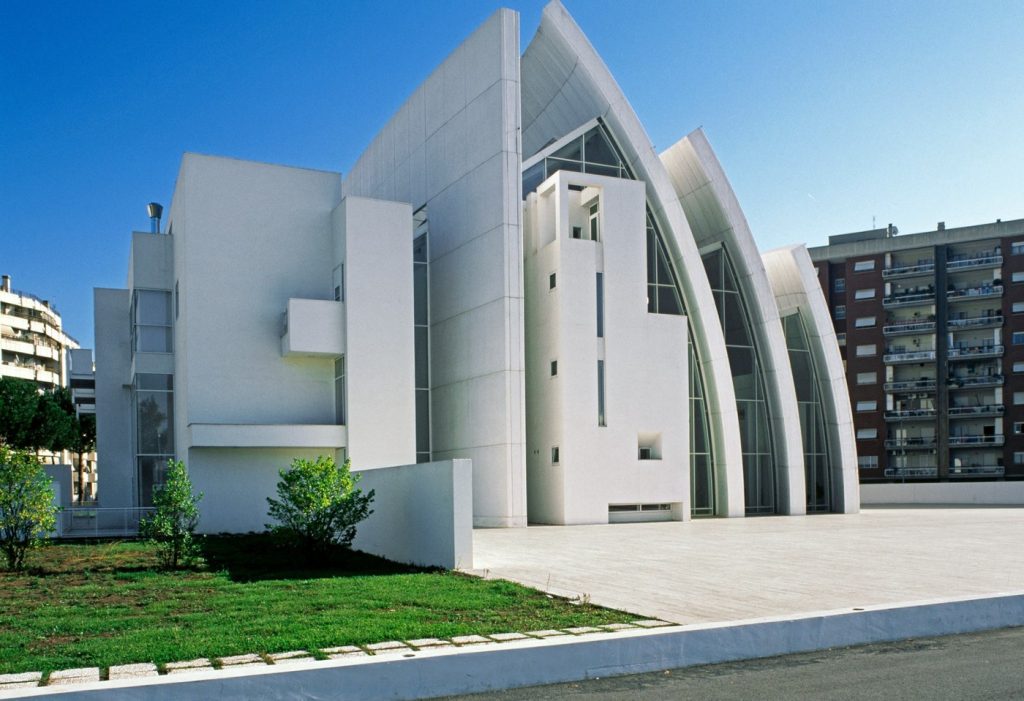
Neo-modern architecture is one of the most dominant and relevant forms of architecture now, and it is mostly used in big projects. As for characteristics, Neomodern architecture highlights experimentation, and defects already set rules and provide freedom of expression in many different aspects such as architecture, arts…
As we’ve seen, architecture has changed and evolved over time and has had different forms, aspects, and characteristics depending on the time era. Personally, I find older architecture especially: Baroque, Rococo, and Renaissance architecture, more interesting and prefer it to the modern one, because I think it was more creative and had more interesting elements, and overall it looks better and more appealing in contrast to the one now that mostly looks bland and boring to me.
For this reason, I enjoy walking through Spain’s historic cities to watch and gather inspiration for new architectural designs. I also enjoy taking pictures of these structures, here are some that I captured in Valencia’s city center.
